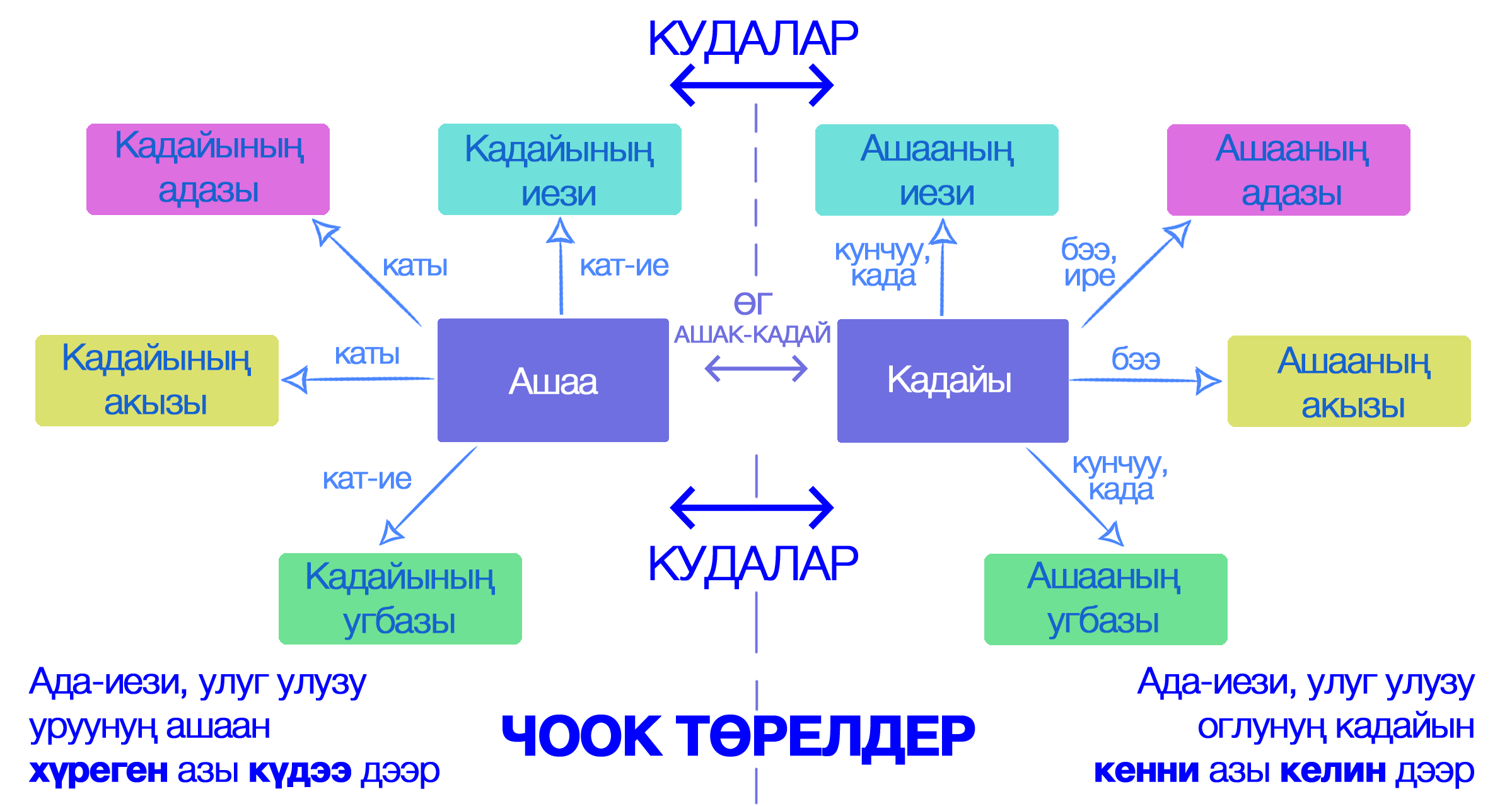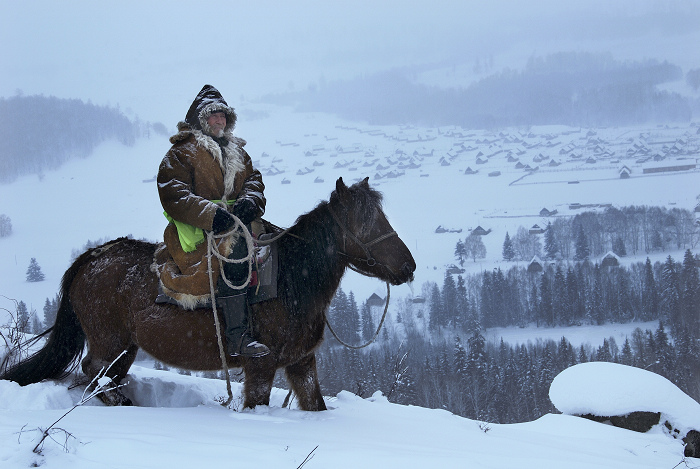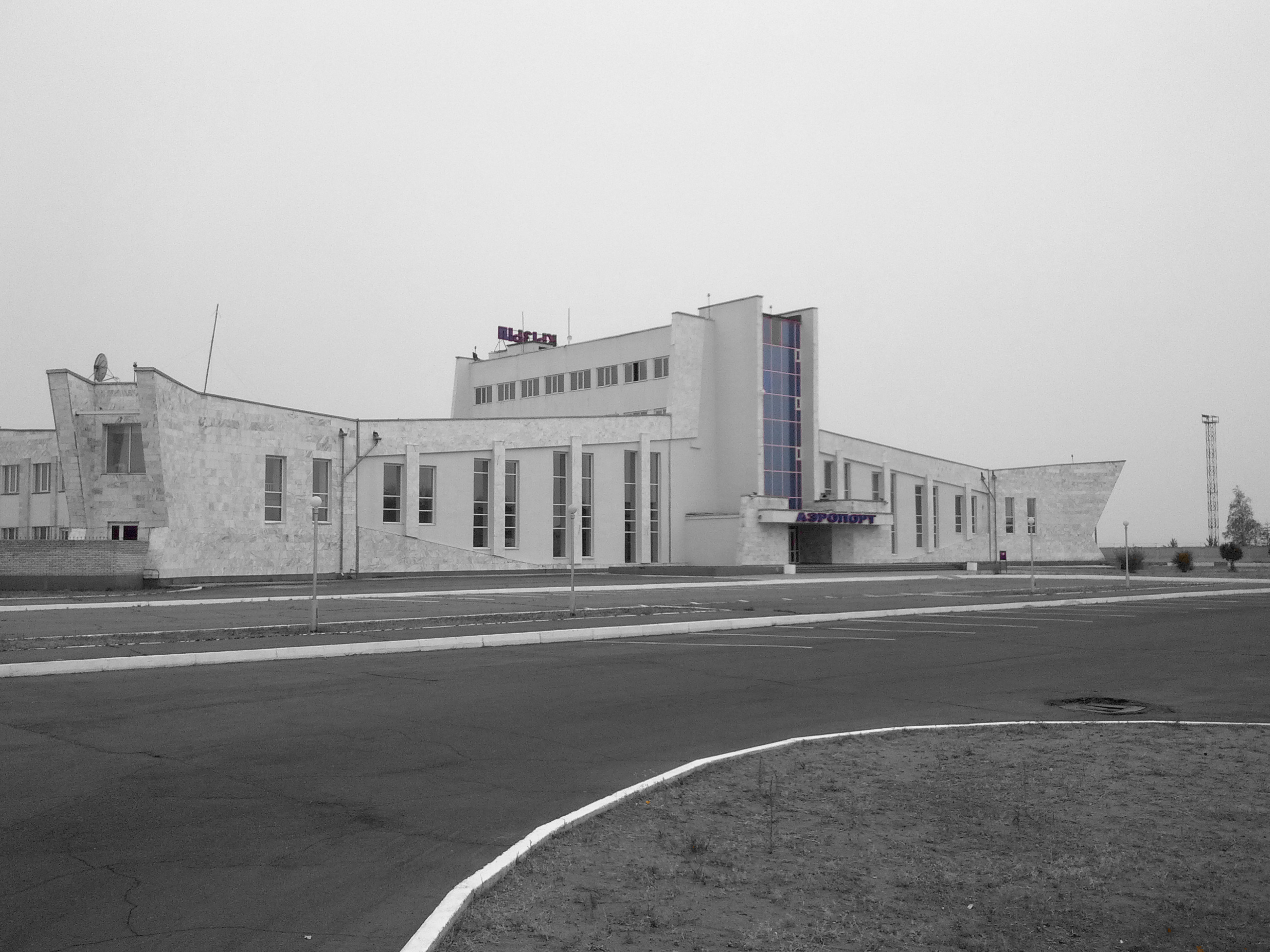|
Tuva
Tuva (; ) or Tyva (; ), officially the Republic of Tyva,; , is a Republics of Russia, republic of Russia. Tuva lies at the geographical center of Asia, in southern Siberia. The republic borders the Federal subjects of Russia, federal subjects of the Altai Republic, Buryatia, Irkutsk Oblast, Khakassia, and Krasnoyarsk Krai, and shares an international border with Mongolia to the south. Tuva has a population of 336,651 (Russian Census (2021), 2021 census). Its capital city is Kyzyl, in which more than a third of the population reside. Historically part of Outer Mongolia as Tannu Uriankhai during the Qing dynasty, the last imperial dynasty of China, Tuva broke away in 1911 as the Uryankhay Republic following the 1911 Revolution, Xinhai Revolution, which created the Republic of China (1912–1949), Republic of China. It became a Uryankhay Krai, Russian protectorate in 1914 and was replaced by the nominally independent Tuvan People's Republic in 1921 (known officially as Tannu ... [...More Info...] [...Related Items...] OR: [Wikipedia] [Google] [Baidu] |
Tuvan Language
Tuvan, also spelt Tyvan, is a Turkic language spoken in the Republic of Tuva in South Central Siberia, Russia. There are small groups of Tuvans that speak distinct dialects of Tuvan in China and Mongolia. History The earliest record of Tuvan is from the early 19th century by ''Wūlǐyǎsūtái zhìlüè'' (), Julius Klaproth 1823, Matthias Castrén 1857, Nikolay Katanov, Vasily Radlov, etc. The name Tuva goes back as early as the publication of ''The Secret History of the Mongols''. The Tuva (as they refer to themselves) have historically been referred to as Soyons, Soyots or Uriankhais. Classification Tuvan (also spelled Tyvan) is linguistically classified as a Sayan Turkic language. Its closest relative is the moribund Tofa. Tuvan, as spoken in Tuva, is principally divided into four dialect groups; Western, Central, Northeastern, Southeastern. * Central: forms the basis of the literary language and includes Ovyur and Bii-Khem subdialects. The geographical c ... [...More Info...] [...Related Items...] OR: [Wikipedia] [Google] [Baidu] |
Tuvans
The Tuvans (from Russian ) or Tyvans (from Tuvan ) are a Turkic ethnic group indigenous to Siberia that live in Tuva, Mongolia, and China. They speak the Tuvan language, a Siberian Turkic language. In Mongolia, they are regarded as one of the Uriankhai peoples. Tuvans have historically been livestock-herding nomads, tending to herds of goats, sheep, camels, reindeer, cattle, and yaks for the past thousands of years. (This is, in fact, evident in the Tuvan folk song " Tooruktug Dolgai Tangdym".) They have traditionally lived in yurts covered by felt or chums, layered with birch bark or hide that they relocate seasonally as they move to newer pastures. Traditionally, the Tuvans were divided into nine regions called ''khoshuun'', namely the Tozhu, Salchak, Oyunnar, Khemchik, Khaasuut, Shalyk, Nibazy, Daavan and Choodu, and Beezi. The first four were ruled by Uriankhai Mongol princes, while the rest were administered by Borjigin Mongol princes. History Besides pre ... [...More Info...] [...Related Items...] OR: [Wikipedia] [Google] [Baidu] |
Flag Of Tuva
The state flag of Tuva in Russia is a light blue field with a white-fimbriated Pall (heraldry), pall of the same color bordering a yellow triangle on the hoist. White symbolizes silver and virtue; additionally, it is common in the Republics of Russia, Russian republic for hostesses to greet guests with silver streamers in their arms. The golden yellow triangle symbolizes gold and Tibetan Buddhism. Blue symbolizes the morals of nomadic herdsmen (which are commonly respected in the region), as well the Tuvan sky. The blue pall symbolizes the confluence of the Great Yenisey, Bii-Khem (Bolshoy Yenisei) and Little Yenisey, Kaa-Khem (Maly Yenisei) rivers at the Tuvan capital of Kyzyl, where they form the Yenisey River, known to locals as the Ulug-Khem River. The flag was created on 18 September 1992, by Oyun-ool Sat, I. C. Salchak and O. I. Lazarev. The proportions are 2:3. Historical flags Colour scheme See also * Flag of Mongolia * Flag of Buryatia * Flag of Kalmykia * Flag ... [...More Info...] [...Related Items...] OR: [Wikipedia] [Google] [Baidu] |
Kyzyl
Kyzyl ( ) is the capital city of the Republic of Tuva within the Russian Federation. Kyzyl's population is approximately History The city was founded in 1914 as Belotsarsk. It was renamed Hem-Beldir from 1918 to 1926. When the city was the capital of Tannu Tuva, it was named Kyzyl Hoto. In September 2014, Kyzyl celebrated its 100th anniversary as a city. The city was founded in 1914 by Russian settlers immediately after the creation of the Uryankhay Krai (a protectorate of the Russian Empire), and called Belotsarsk. In 1918, in connection with the communist revolution and the anti-tsarist movement, it was renamed to Hem-Beldir (Tuvinian language, Tuv.: ''confluence of rivers''), and in 1926, to Kyzyl (Tuvinian language, Tuv.: ''red''). Between 1921 and 1944, the city was the capital of Tuvan People's Republic. From 1944 to 1961, it was the capital of the RSFSR's Tuvan Autonomous Oblast. From 1961 to 1991, it was the capital of the Tuvan Autonomous Soviet Socialist Republic ... [...More Info...] [...Related Items...] OR: [Wikipedia] [Google] [Baidu] |
Men – Tyva Men
"Men – tyva men" is the regional anthem of the Republic of Tuva, a constituent republic of the Russian Federation. The music was composed by Kantomur Saryglar (Olonbayar Gantomir), and the lyrics were written by Okei Shanagash (Bayantsagaan Oohii).Песня "Мен Тыва Мен" ''Хакасия''. It was officially adopted by the on 11 August 2011, replacing the previous anthem " Tooruktug Dolgai Tangdym". [...More Info...] [...Related Items...] OR: [Wikipedia] [Google] [Baidu] |
Coat Of Arms Of Tuva
The emblem of Tuva is a light blue field with a yellow border. In the center of the field is a traditional horseman, symbolizing Tuva's sovereignty and spirit. The coat of arms was created in 1992, and is similar to the present state emblem of Mongolia, which was adopted that same year. Meaning of the colors The yellow symbolizes gold and Tibetan Buddhism. Blue symbolizes the morals of nomadic Herder, herdsmen (who are commonly respected in the region), as well the Tuvan sky. The blue pall symbolizes the confluence of the Great Yenisey, Bii-Khem (Bolshoy Yenisei) and Little Yenisey, Kaa-Khem (Maly Yenisei) rivers at the Tuvan Capital city, capital of Kyzyl, Qızıl, where they form the Yenisey River, known to locals as the Ulug-Khem River. White symbolizes silver and virtue; additionally, it is common in Tuva for hostesses to greet guests with silver streamers in their arms. Historical emblems File:Emblem of the Tuvan People's Republic (1926-1930).svg, Emblem of the Tuvan Peo ... [...More Info...] [...Related Items...] OR: [Wikipedia] [Google] [Baidu] |
Republics Of Russia
The republics are one type of federal subjects of Russia, federal subject of the Russian Federation. Twenty-one republics are internationally recognized as part of Russia; another is under its de facto control. The original republics were created as nation states for ethnic minorities. The indigenous ethnicity that gives its name to the republic is called the ''titular nationality''. However, due to centuries of Russian migration, a titular nationality may not be a majority of its republic's population. By 2017, the autonomous status of all republics was formally abolished, making the republics politically equivalent to the other federal subjects of Russia. Formed in the early 20th century by Vladimir Lenin and the Bolsheviks after the collapse of the Russian Empire in 1917, republics were intended to be nominally independent regions of Russian Soviet Federative Socialist Republic, Soviet Russia with the right to self-determination. Lenin's conciliatory stance towards Russia's ... [...More Info...] [...Related Items...] OR: [Wikipedia] [Google] [Baidu] |
Vladislav Khovalyg
Vladislav Tovarishchtayovich Khovalyg (; ; born on 24 December 1967) is a Russian politician who is currently the 3rd Head of the Republic of Tuva since 7 April 2021. He is a member of United Russia, the largest and ruling party of Russia. He served as the Mayor of Kyzyl from 30 July 2008 to 1 November 2018. He also served as the Minister of Land and Property Relations of the Republic of Tuva from 2007 to 2008. Biography Vladislav Khovalyg was born in the village of Teeli, on 24 December 1967. He is of Tuvan ethnic background. From 1986 to 1988 he served in the ranks of the Armed Forces of the Soviet Union. In 1992, he graduated from Krasnoyarsk State University with a degree in jurisprudence, and in 2006 - from the Russian Academy of Public Administration under the President of Russia with a degree in Crisis Management. After graduating from the university, he began to work in government bodies, becoming the chief specialist on legal issues of the State Committee for Pr ... [...More Info...] [...Related Items...] OR: [Wikipedia] [Google] [Baidu] |
Head Of The Republic Of Tuva
The Head of the Republic of Tuva (formerly known as the President of the Republic of Tuva) is the highest office within the Tuva, Republic of Tuva in Russia. The Head is Head of State and Head of Government of Tuva. The Head is elected by citizens of Russia residing in the republic. Term of service is five years. Article 110. List The latest election for the office was held on 17-19 September 2021Timeline Notes References External links {{Authority control Heads of the Republic of Tuva, Lists of heads of the federal subjects of Rus ... [...More Info...] [...Related Items...] OR: [Wikipedia] [Google] [Baidu] |
Tannu Uriankhai
Tannu Uriankhai (, ; , ; ) was a historical region of the Mongol Empire, its principal successor, the Yuan dynasty, and later the Qing dynasty. The territory of Tannu Uriankhai largely corresponds to the modern-day Tuva Republic of the Russian Federation, neighboring areas in Russia, and a small part of the modern state of Mongolia. ''Tannu'' designates the Tannu-ola Mountains in the region, and '' Uriankhai'' was the Mongolian name for the Tuvans (and accordingly their realm), which meant "the people living in the woods" (). After Mongolia (Outer Mongolia) declared independence from the Qing dynasty and the Republic of China in the early 20th century, the region of Tannu Uriankhai increasingly came under Russian influence and finally became an independent communist state, the Tuvan People's Republic, which was annexed by the Soviet Union in 1944. Sovereignty over the area has not been officially renounced by the Republic of China since 1949. However, the Mainland Affairs Co ... [...More Info...] [...Related Items...] OR: [Wikipedia] [Google] [Baidu] |
Uryankhay Republic
The Uryankhay Republic (; ) was a nominally independent state that broke away from the Qing dynasty of China during the Xinhai Revolution. It was proclaimed as a republic in 1911 by the Tuvan separatist movement and was encouraged by the Russian Empire. On 1 December 1911, Outer Mongolia declared independence from Qing China. Throughout the rest of December, bands of Uriankhai began to plunder and burn Chinese-owned shops. Uriankhai nobles were divided on their course of political action. The Uriankhai governor (amban-Noyon), Gombo-Dorzhu, advocated becoming a protectorate of Russia, hoping that the Russians would appoint him Governor of Uriankhai. However, Balzhin'nima and Toqamid, the noyans (Mongolian for "mandarin") of two other kozhuuns ( Tuvan for "banner") preferred to submit to the new Outer Mongolian state under the theocratic rule of Buddhist spiritual leader Jebstundamba Khutukhtu of Urga. Undeterred, Gombu-Dorzhu sent a petition to the Russian Tsar's Frontie ... [...More Info...] [...Related Items...] OR: [Wikipedia] [Google] [Baidu] |
Great Khural Of Tuva
{{Russia-politics-stub ...
The Great Khural of the Tuva Republic is the regional parliament of Tuva, a federal subject of Russia. A total of 32 deputies are elected for five-year terms. Elections 2014 2019 2024 See also * List of chairpersons of the Great Khural of Tuva * List of presidents of the Chamber of Representatives of the Great Khural of Tuva * List of presidents of the Legislative Chamber of the Great Khural of Tuva Notes References Tuva Politics of Tuva Tuva Tuva (; ) or Tyva (; ), officially the Republic of Tyva,; , is a Republics of Russia, republic of Russia. Tuva lies at the geographical center of Asia, in southern Siberia. The republic borders the Federal subjects of Russia, federal sub ... [...More Info...] [...Related Items...] OR: [Wikipedia] [Google] [Baidu] |






